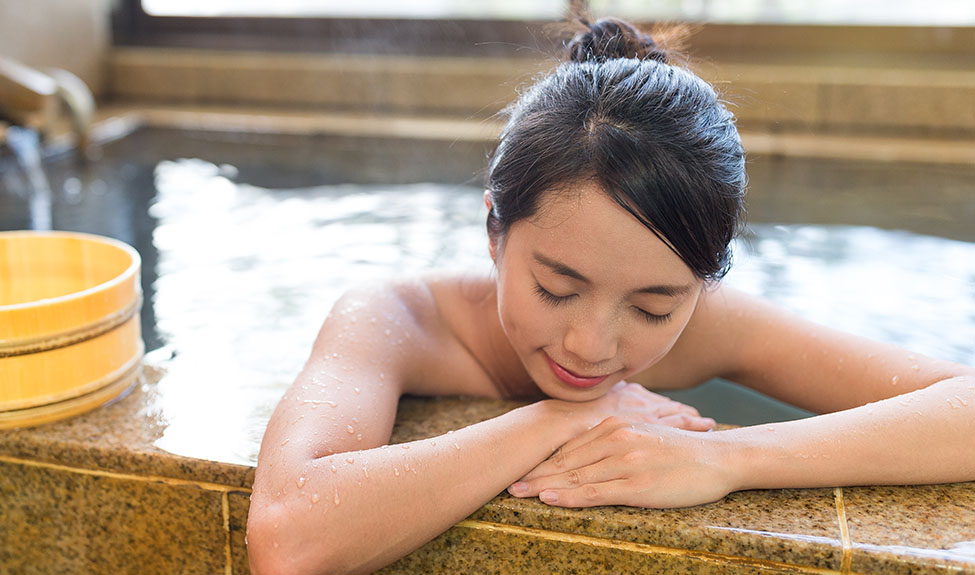The spa industry is constantly changing, adapting to new trends while perfecting long-standing traditions. Over the past few decades, the spa industry has seen an increased demand for holistic services – treatments that heal the body as well as the soul.
In response to this demand, many spas have begun to incorporate elements of Traditional Chinese Medicine and holistic healing into their spa menus. Korean spa culture has made its way into Western spas and you may want to consider incorporating some elements into your own spa.
Introduction to Korean Spa Culture
In the Eastern world, natural remedies are commonly used and well-respected. Koreans incorporate natural methods of healing and wellness into their everyday life and Korean spa culture is at the heart of it all. Also known as jimjilbang, Korean spas originated from the use of natural hot springs.
Before Korean spa culture was modernized, Korean spas were more akin to saunas. Known as hanjeungmak, these saunas were popular during the 15th century for medicinal purposes. After Japan colonized Korea, these saunas evolved into something more akin to ancient Roman bathhouses. Public bathhouses came to be known as Mogyotang. Popularity skyrocketed and new treatments like skin scrubs became common practice.
The modern bathhouse you’ll see in Korea today – jimjilbang – was developed in 1992. Each bathhouse is separated by sex in which men and women are nude. There are also common areas shared by men and women when clothed as well as spaces for entertainment, exercising, lounging, and sleeping.
Tips for Incorporating Korean Spa Elements
The Korean people work long and hard, so visits to jimjilbangs is viewed as a necessity for health and healing. Most jimjilbangs are open twenty-four hours and some people stay overnight or even spend the whole weekend. Mats and pillows are provided for sleeping on heated floors and upon waking, there’s plenty of opportunity for eating, socializing, or enjoying spa treatments.
While it may not be practical to transform your spa into a traditional Korean jimjilbang, there are certain elements of Korean culture you can incorporate into your business.
Below are some tips for incorporating Korean spa elements into your spa.
1. Offer showers where clients can freshen up.
When you’re bouncing between saunas and treatment rooms, the last thing you want is to have makeup running down your face. Providing showers gives clients an opportunity to physically and mentally prepare for the spa experience. Showers can also help client ease into the treatment by giving them the ability to relax asl well as put on the appropriate robes when they’re done drying off.
2. Add an oil scrub massage to your spa menu.
Korean oil scrubs are extremely thorough, known to yield silky smooth skin and deep relaxation. This treatment is traditionally performed with the client nude, but you may be able to make adjustments for different comfort levels. You may find incorporating sugar scrubs, similar to Yon-Ka’s Aroma Fusion, to yield similar results for your clients.
3. Encourage clients to leave their phones behind.
Korean spas are a place to detox and detach from stress, though there are certainly social elements to it. Try to create a quiet, calming atmosphere by encouraging clients to leave their phone in a locker or simply turn it off while in the treatment room.
4. Add a sauna.
If you have the budget for it, a sauna is a great addition to any spa and a wonderful way to incorporate elements of Korean spa culture. At jimjilbangs, you’ll find a variety of different saunas like salt, clay, and jade, so don’t be afraid to branch out beyond the traditional steam room. Infrared saunas are one of the most popular no-touch treatment options out there and don’t cost as much as traditional steam room saunas.
5. Create a quiet room for relaxation.
A spa day doesn’t have to be packed with back-to-back treatments. Sometimes clients simply want to escape from their life for a little while and providing a quiet space for them to comfortably relax is a simple way help them do it. If you want to get really authentic about it, install heated floors and provide mats and pillows in case your clients want to take a nap.
6. Offer Korean-style facial treatments.
While American facials focus on physical exfoliation and extractions, a Korean facial starts with a cleansing routine followed by toning and steam. Where necessary, Korean estheticians are more likely to use enzyme or chemical exfoliators to remove dead skin cells.
7. Add ultherapy to your spa menu.
Ultherapy is a non-invasive laser treatment that helps lift and tighten the skin. It uses high-intensity ultrasound, targeting specific areas to achieve the maximum tightening effect. Though non-invasive, this treatment can be somewhat painful, so you may need to offer numbing cream as an option. A physician or medical director is required be on-site to administer the Ultherapy in most states.
8. Offer a stem cell therapy on your menu of upgrades.
Many Korean facial treatments are aimed at slimming and toning the face. Stem cell facials offer non-surgical rejuvenation and intense anti-aging benefits. The treatment utilizes stem cell technology to boost collagen production and blood flow. This therapy involves extracting stem cells from your own fat tissues then processing them in a lab before injecting them into the facial tissue.
9. Incorporate more holistic healing elements into your spa menu.
Take inspiration from Korean spas where health and wellness go hand-in-hand. Incorporate holistic healing elements like essential oils, herbal scrubs, and aromatherapy. You might even consider offering a space where clients can meditate.
The Korean spa experience is like none other. While you may not have the space or the funds to completely transform your spa, there are certain elements of Korean spa culture that are fairly easy to incorporate. Work a few of the tips above into your spa practice to see how clients respond.

